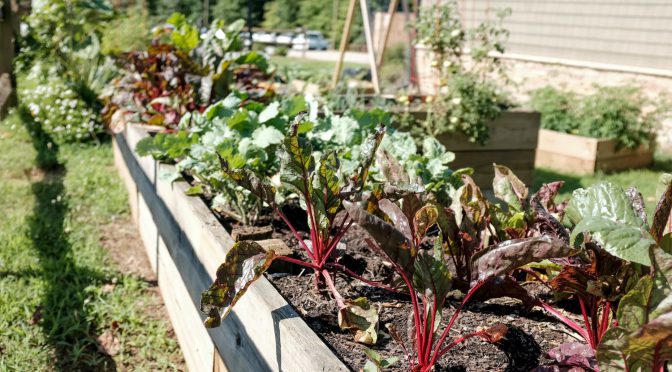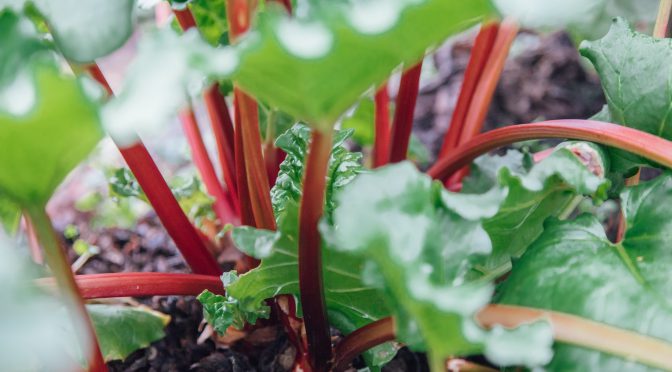This has been a challenging year for everyone. For many, the holidays will be extra difficult this year due to increased financial restraints. If you love to give gifts, I’ve put together a few simple, DIY gift ideas that the gardeners, foodies, and many other folks in your life may enjoy.
Soup Mixes
Homemade soup mixes in mason jars with an attached recipe are a great DIY option. If you had a garden this year, adding some homegrown herbs, dry beans, or even dehydrated veggies is a nice touch.
Seeds
Seeds are extra special when they come with a story. If you’ve saved seed this fall, consider packing some up as holiday gifts. Other gardeners or those who want to start gardening will genuinely appreciate your gift.
Pickling Mix
If you know someone who gardens and preserves a lot of food, consider making them a pickling spice mix. Fill a jar with the spices for your favorite pickles and tie on a recipe card.
Herbal Infused Vinegar
Herbal infused vinegar is so simple to make and absolutely delicious. It’s perfect for someone in your life who loves to cook. It is an excellent base for marinades and salad dressings. You can learn how to make your own herbal infused vinegar here.
Herbal Teas
If you started a medicinal herb garden this year, custom tea blends are a great way to say I love you! Just mix your favorite dried herbs. If you need inspiration, check out our wellness tea recipe. This gift would be great combined with a mug and tea strainer.
Herbal Tinctures
Tinctures are a great way to get the benefits of medicinal herbs in just a drop. Earlier this fall, I wrote about making a goldenrod tincture, but that recipe works with other herbs as well. Some other herbs to tincture include echinacea, lavender, St. John’s wort, mint, and lemon balm.
Spice Mixes
What cook wouldn’t love custom spice mixes? Create your own combinations using homegrown garlic, onions, herbs, salt, and other spices. Package your mixtures in jelly jars. They make excellent, sustainable stocking stuffers!
Braided Garlic or Onions
There’s something incredibly beautiful about braids of onions or garlic hanging in your kitchen. If you have extra, you can offer the favorite foodie in your life a beautiful gift that will also add flavor to many meals.
Dehydrated/Camp Meals
If you dehydrated some of your produce this summer, you can use it to create lightweight camp meal mixes for the backpacker or outdoors person in your life.
Homemade Canned Goods
Jam and jellies are an excellent gift paired with a loaf of homemade bread. Other items like canned or pickled vegetables are great when given with a handwritten recipe card. You can dress up the jars with swatches of pretty fabric and twine.
Your Time
While it may look different during a pandemic, you can still offer your time to other gardeners. Safe social distancing is easier to accomplish in an outdoor garden setting. Help in the garden is always appreciated! Consider giving some homemade coupons for help with garden chores in the coming summer.



